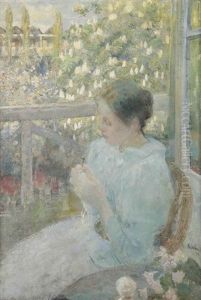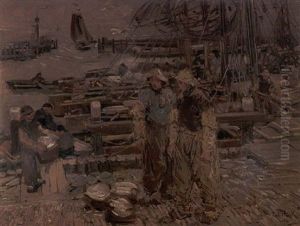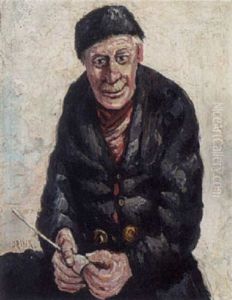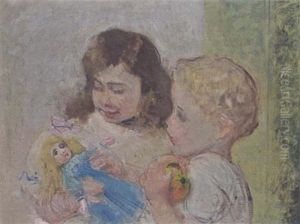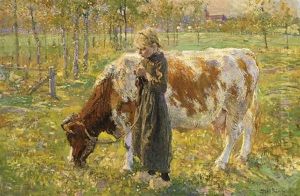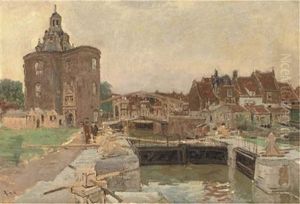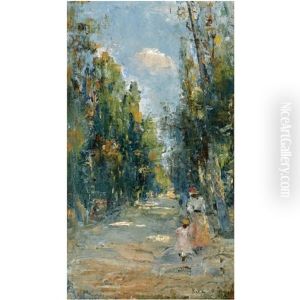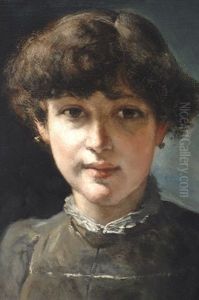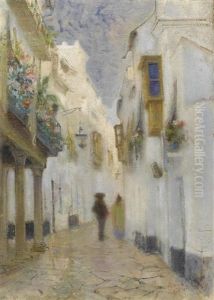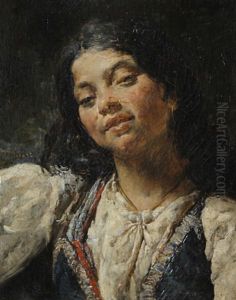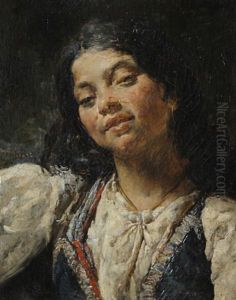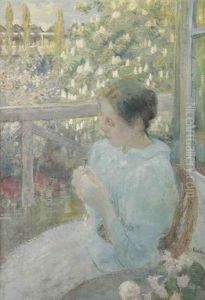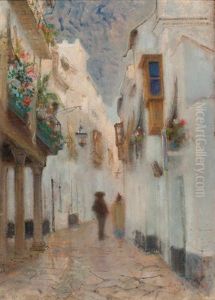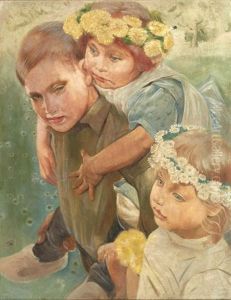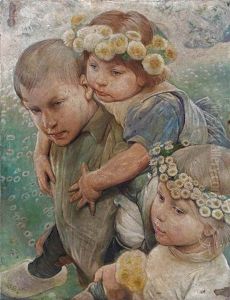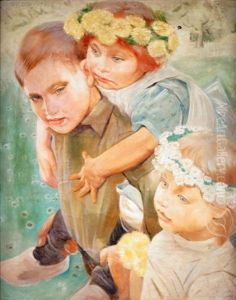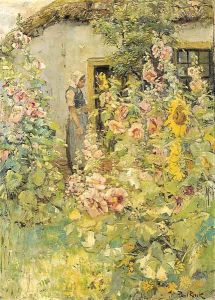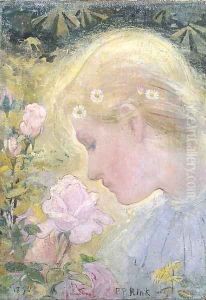Paul Rink Paintings
Paul Rink, not widely known in the pantheon of artists, was a Dutch painter whose life spanned the latter part of the 19th century and the early 20th century. Born in 1861, Rink's artistic journey began in an era defined by a transition from traditional academic art to the more modern movements that would dominate the 20th century.
Rink's oeuvre remains relatively obscure, and as such, the details of his biography are not as well-documented as those of his contemporaries. However, it is known that he was part of the broader European artistic milieu that was experimenting with new styles and forms. His works likely encompassed the typical subjects of the period, such as landscapes, portraits, and genre scenes which capture everyday life.
Despite the lack of widespread recognition, Rink contributed to the cultural tapestry of his time. His paintings would have reflected the aesthetic values and technical approaches prevalent during his lifetime. He may have been influenced by the Impressionist movement, which was gaining momentum during the latter half of the 19th century, with its emphasis on light and color. Alternatively, he may have been aligned with the more academic styles that the Impressionists were rebelling against, focusing on historical and mythological themes rendered with precision and grandeur.
Paul Rink passed away in 1903, leaving behind a modest legacy. His work did not achieve the enduring fame of some of his contemporaries, and as a result, his impact on the art world is not as pronounced. Nonetheless, for those who study and appreciate the nuances of late 19th-century European art, Paul Rink's paintings offer a window into the era's artistic endeavors and the diverse array of talents that contributed to its rich history.
